Google has quietly rolled out one of its most useful updates in a while: Bard, its AI chatbot, can now connect to Gmail, Google Docs, Google Drive, YouTube, Google Maps, Flights, and Hotels. This shift turns Bard into more than a search or writing tool—it’s now something closer to a personal assistant that works across services you already use.
Instead of switching between tabs or hunting for information across apps, you can now ask Bard to pull in content directly. Whether it's summarizing an email thread, finding a document, or planning a trip, Bard can now handle those jobs within a single conversation.
The integration with Gmail, Google Docs, and Drive makes Bard more practical for daily tasks. You can ask it to find specific emails, summarize long threads, or locate documents based on a quick description. It removes the need for precise search terms or endless scrolling. For example, “Show me the latest feedback from the design team” could return a relevant email or Google Doc without needing you to dig.

Bard can also summarize documents or generate content using what it finds in your Drive. If you're working on a report and need to include stats from several sources, Bard can gather them, offer summaries, and even help format your draft.
What sets this apart is that it works within your personal data—but only if you allow it. You have to opt in to permit Bard, and you can revoke access anytime. Your data isn’t used to train Bard, nor is it shared with advertisers. This privacy-focused approach is key, especially when dealing with work-related documents and personal emails.
These new features aren’t just about convenience—they reduce friction. If you’ve ever lost time looking for one line in a long email thread or tracking down a document link, Bard’s new functionality can streamline that process.
Bard’s connection with YouTube and Google Maps adds another layer of usefulness. When you’re researching a topic, learning a new skill, or comparing products, video recommendations are often more helpful than reading blog posts or reviews. Bard can search YouTube and show videos that fit your question, and in some cases, summarize the content in plain language.
YouTube integration becomes helpful when time is limited. If you want to know the main points from a video tutorial, Bard can give you a short overview instead of asking you to watch the full clip.
With Google Maps, you can use Bard for directions, location details, and planning logistics. You might ask, “What’s the fastest route to the airport from my current location?” or “Are there vegetarian restaurants near my hotel?” Bard taps into Maps and provides answers in context, reducing the back-and-forth you’d normally go through across different apps.
When planning a trip, these tools work together. Bard can find hotels based on your travel dates, check flight options, locate points of interest, and map out routes—all in one thread. It’s a smoother experience than juggling multiple search tabs, apps, and confirmation emails.
What makes Bard’s updates more than just helpful features is how they work together. Instead of acting like several disconnected bots, Bard combines services to respond to layered, multi-part tasks.

Say you're preparing for a client meeting. Bard can summarize a presentation from your Drive, cross-reference it with recent emails in Gmail, and even pull in meeting location info from Maps. If you're writing a follow-up email, you can offer a draft using the meeting notes and feedback documents you already have. This cuts down the time you'd spend manually collecting and organizing that information.
The value grows with more context. If you're juggling several projects at once, Bard can act as a thread that connects them. For instance, you could ask it to check for overlapping deadlines based on emails and documents, or help draft a progress summary pulling from scattered notes and files.
In many ways, this turns Bard into a personal workspace. You’re not just asking questions—you’re using it to keep multiple pieces moving without needing to pause and search for context every time.
Connecting Bard to these services is a move toward making AI a more natural part of daily work and planning. Instead of using tools separately—search here, write there, email somewhere else—Bard starts to act as a connective layer.
The way we use apps often overlaps. We read an email, find a related doc, search for a location, and check travel details—all within the same 15 minutes. Bard now understands that and can respond with answers that cross those boundaries.
It’s not just about making things faster. It changes how we interact with digital tools. Instead of typing into search bars or tapping around apps, we can now describe what we need in regular language and get help that fits the context.
That said, Bard isn't perfect. Sometimes it might misunderstand a request or pull the wrong file. However, as the AI improves and Google refines how these extensions work, it's easy to see this as the beginning of a more seamless approach to handling everyday digital tasks.
With its ability to connect to Gmail, Google Docs, YouTube, Maps, and more, Bard moves beyond being a simple chatbot. It now helps manage daily tasks in one place, reducing time spent switching between apps and tracking down scattered information. Whether you’re writing, organizing emails, summarizing files, or planning trips, Bard extensions make the process faster and less manual. It brings everything together in a way that feels natural and efficient. As these tools become more refined, Bard is positioned to become a practical digital assistant—one that doesn’t just answer questions but helps you take action without leaving the conversation.
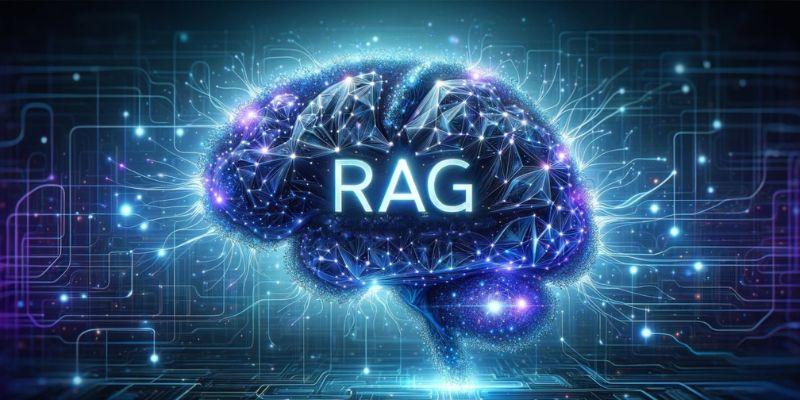
Find out what Retrieval Augmented Generation (RAG) is. Explore its key features, benefits, and real-world applications.

How clique-based compression and advanced techniques revolutionize efficient graph storage and analytics for large, clustered graphs.

How building safe, reliable, and ethical AI systems can unlock their potential while minimizing risks and gaining public trust.

How AI revolutionizes productivity, education, and business by fostering collaboration between technology and human intelligence.

Learn the top 5 ways for efficiently analyzing Power BI performance using DAX Studio for better insights and analysis.
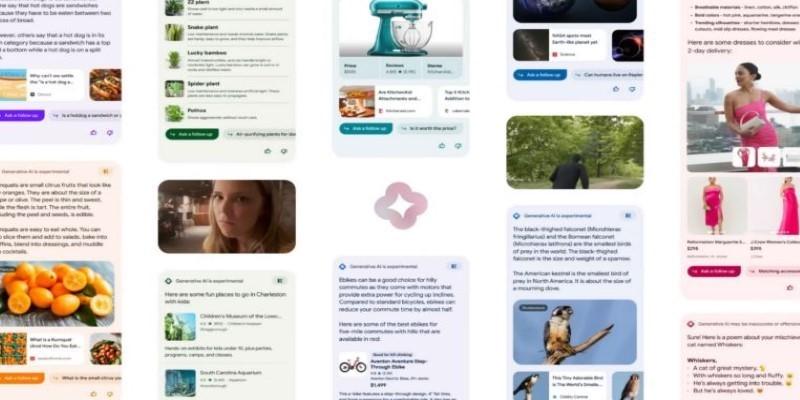
Google wants you to use AI for your next vacation by turning complex travel planning into an easy, conversational process. Discover how its AI travel planner simplifies everything from trip ideas to bookings
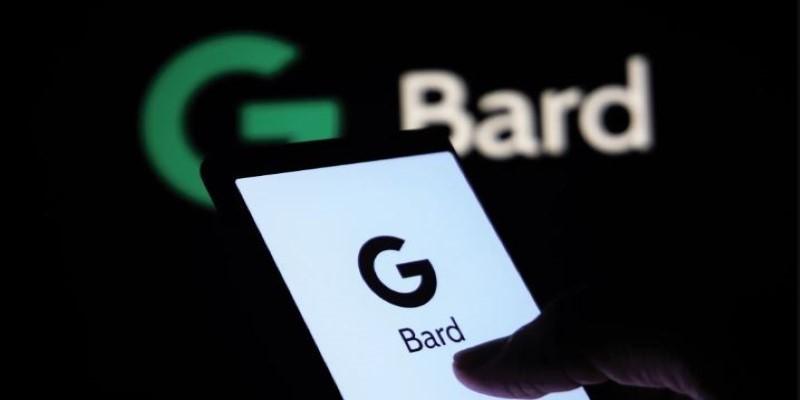
How to connect Bard to Gmail, Google Docs, YouTube, and other popular Google services. Learn how Bard extensions help streamline tasks and improve productivity by linking your favorite tools in one place
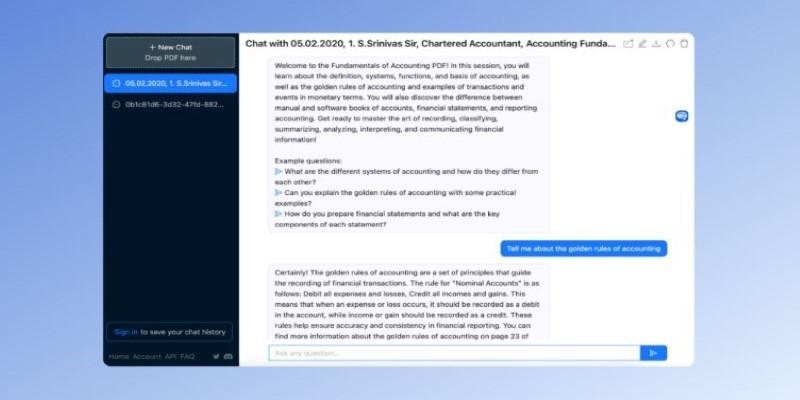
Tired of scrolling through huge documents? Chat With AI to Summarize Obnoxiously Long PDFs and get quick, relevant insights without reading every page. See how AI summarization simplifies your workflow

Explore the differences between Midjourney and DALL·E 3 to find the best AI image generator in 2025. Compare styles, accuracy, usability, and more
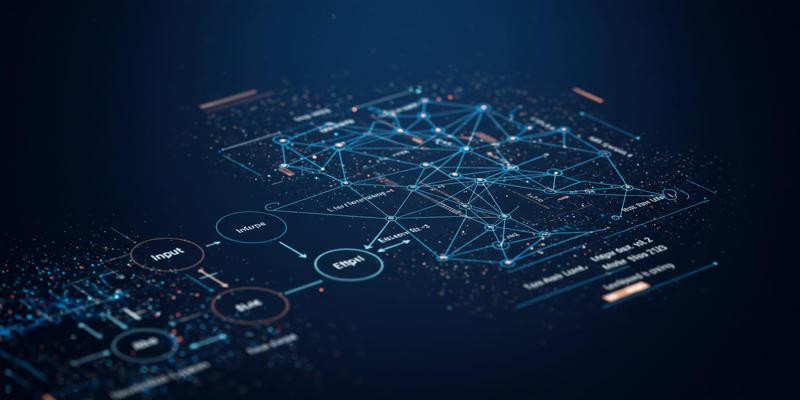
How educational assessment techniques can improve how we evaluate large language models' inference capabilities, moving beyond accuracy metrics to assess true reasoning and understanding.

Discover powerful AI apps transforming productivity, creativity, communication, and everyday problem-solving
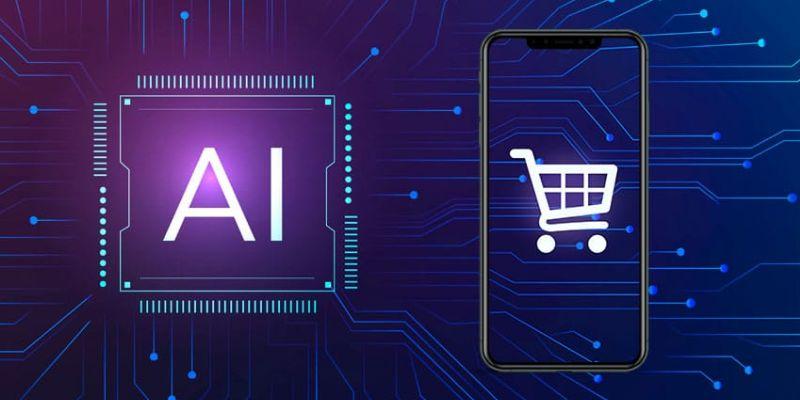
Discover eight real-world AI in e-commerce examples for 2025, from smarter shopping to personalization and future growth.